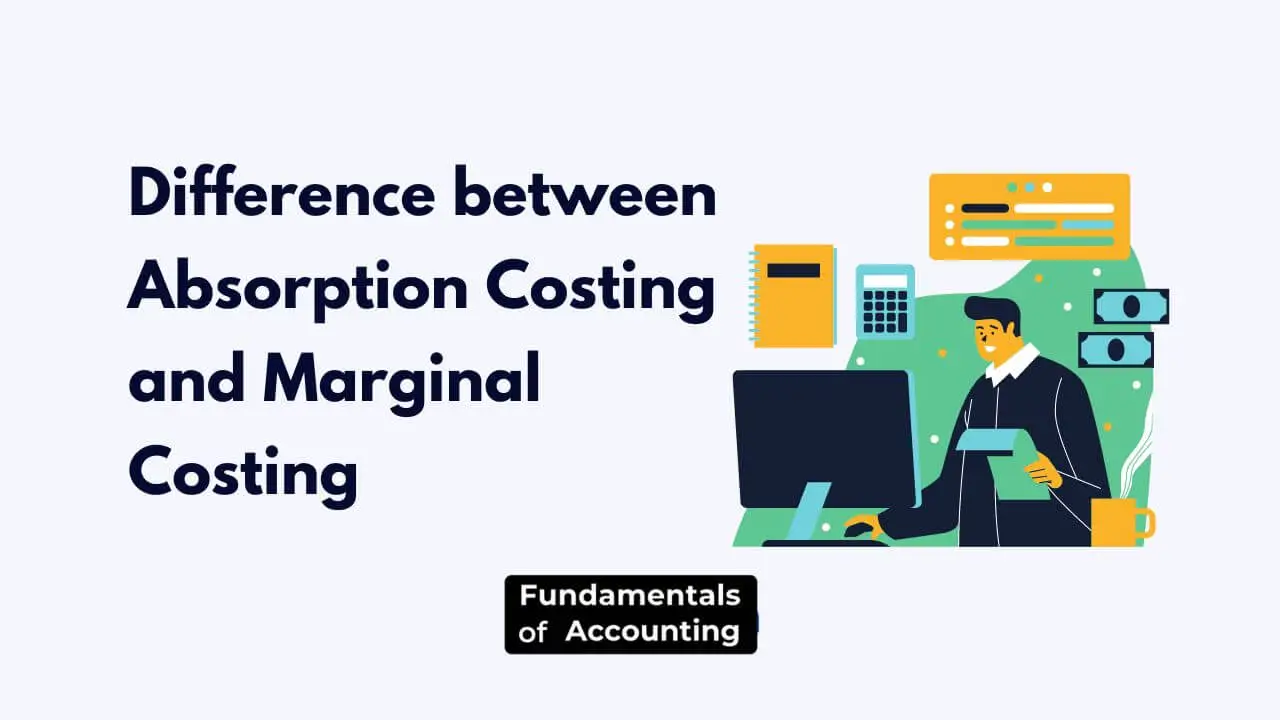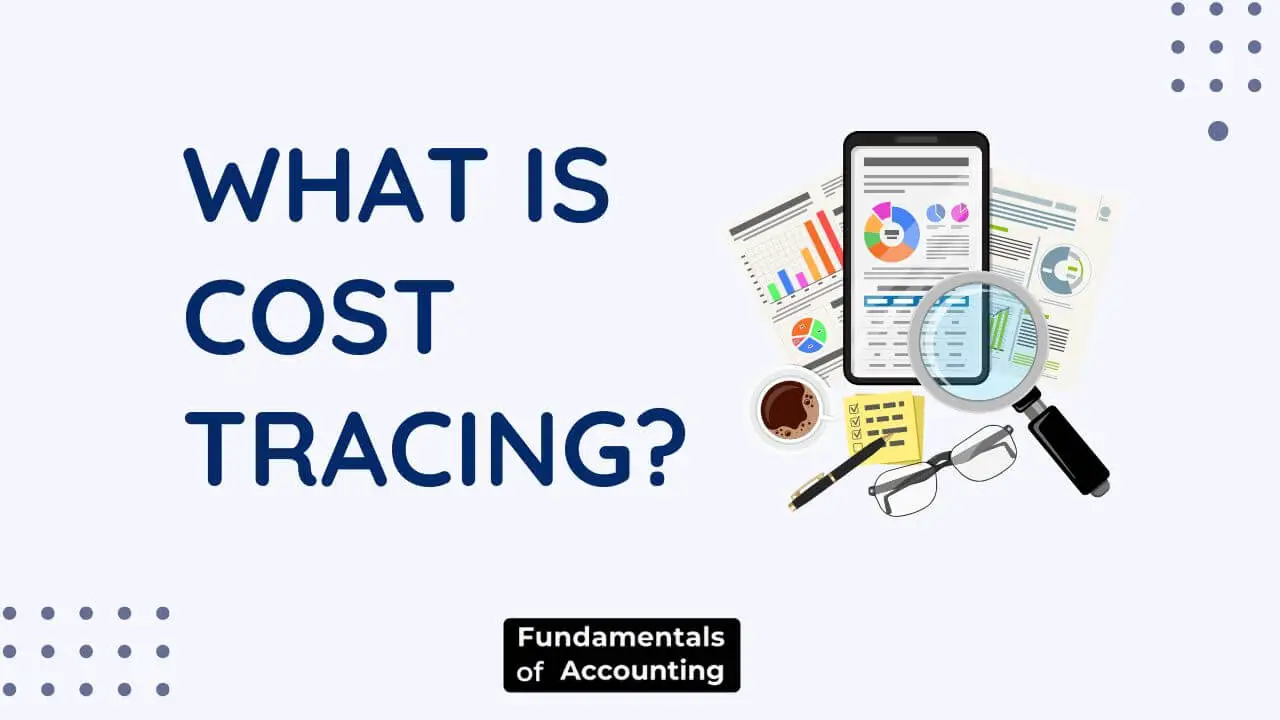What is the Just-in-Time Inventory System

The just-in-time inventory system is a method of stock control that involves a systematic approach to keeping accurate records of all the stock and inventory. A just-in-time (JIT) inventory system ensures that raw materials arrive at the business precisely when needed for manufacturing. It also helps in keeping track of every product in the inventory […]
What is Process Value Analysis? Meaning and Importance

Process value analysis is a systematic approach to identify, analyse and improve the value of specific processes within an organisation. Process Value Analysis’s (PVA’s) purpose is to cut back the number of redundant processes and prices within the value chain needed to deliver honest service whereas maintaining customer satisfaction. If an activity doesn’t give value […]
Meaning and Definition of Absorption Costing

Absorption costing is a method of costing that includes all costs incurred in the production process, including both fixed and variable costs. Absorption costing, also known as full costing, is conventional in ascertaining costs. It is the practice of charging all variable and fixed costs to the operation, processes, and products. It is the oldest and […]
Definition of Overhead in Cost Accounting

Overhead is an essential category to be tracked and thus controlled in the cost accounting system for effective management of expenses because profitable operations are only sustainable if cost accounting is managed along a profitable line and also for operational efficiency. Overhead is the indirect cost incurred by the use of a business and cannot […]
Comparison between Standard Costing and Budgetary Control

Standard costing and budgetary control are two commonly used tools in the field of cost management. These methods play a significant role in helping organizations monitor their financial performance and make informed decisions. Standard costing involves setting predetermined costs for different activities, while budgetary control focuses on the comparison of actual results with planned budgets. […]
Marginal Costing and Absorption Costing difference

Absorption costing and marginal costing are two basic methods of cost accounting. Both the methods assist companies in ascertaining product costs, profitability, and pricing policies. They differ in their treatment of fixed costs, which impacts financial reporting and decision-making. In this post, we are going to discuss the difference between both costing approaches in cost […]
Difference between Absorption Costing and Marginal Costing

Absorption costing and marginal costing are two costing approaches that determine what should be the cost of a product. Let’s understand their differences. Absorption costing Absorption costing is allocating (absorbing) the cost of a product over the units produced and sold. It is possible to calculate an absorption cost through direct and indirect methods. Absorption […]
What is Cost Tracing – Meaning, Purpose and Challenges

Cost tracing is an important part of cost estimation. It allows us to compare costs for a given product between different cost centres. In order to do this, we need to determine the cost centre that is related to the product. Once this has been done, we should be able to make cost comparisons between […]
Differences between imputed costs and capitalised costs
Among the many categories of costs, imputed costs and capitalized costs are the most confusing. Both play a critical role in assessing and managing expenses, but they serve different purposes and are applied in distinct contexts. This blog will discuss the fundamental differences between imputed costs and capitalised costs, and their impact on business decisions […]
What is Activity-Based Costing (ABC)?

Activity-based costing is a method that assigns costs to the different activities involved in making a product to allocate a company’s funds equitably. The ABC approach was first developed by Robert S. Kaplan and David P. Norton, as well as the ABC Research Group at Harvard Business School (HBS), in 1976 and introduced by Kaplan and […]
